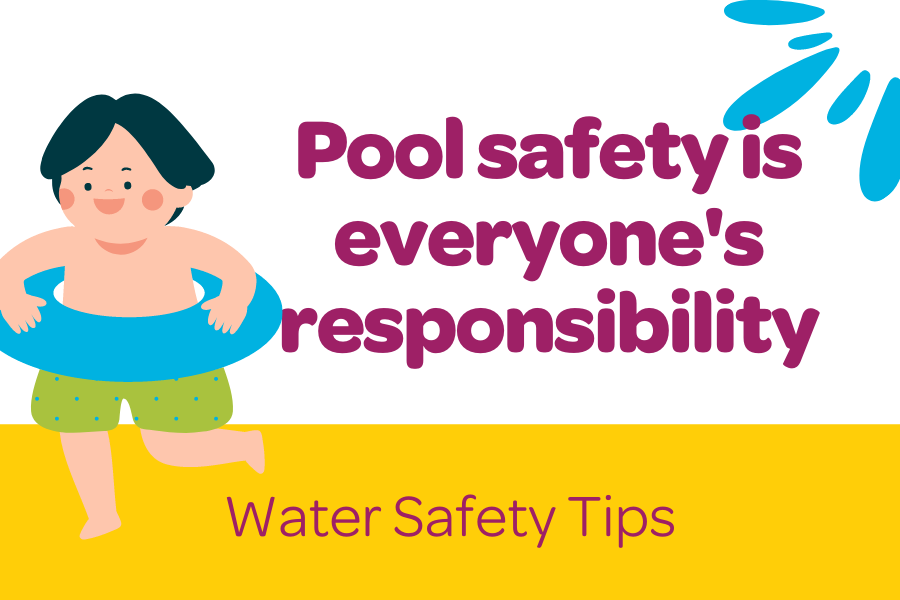Living in the sunshine state means spending the summer months with loved ones by the pool or at the beach. Water can provide fun activities everyone, but it can also pose dangers for children. To keep water activities fun and safe for all, it’s important to establish safety practices to prevent drowning.
Here are some important tips and information to keep children safe in the water this summer:
- Supervision: Drowning can happen in the few minutes it takes to answer your phone or grab a towel, so someone should always be actively watching children when they’re in the pool. Designate a “water watcher” to keep an eye on children at all times with no distractions.
- Barriers: One of the most important ways to prevent a child from entering a pool area unaccompanied is by adding a barrier. A physical barrier serves the purpose of blocking a child from entering the pool area. Here’s a list of barriers you can use: child-proof locks on all doors, a pool fence with self-latching and self-closing gates, door and pool alarms. Pool covers may also be used but make sure it’s a professional cover fitted for your pool.
- Emergency Preparedness: Even with all of the precautions, an accident can still happen which is why it’s important to be prepared. When a child stops breathing, there’s a small window of time in which resuscitation may occur, but only if someone knows what to do. Whether you’re a parent or not, it’s important to learn CPR because it can mean the difference between life and death. To learn more about CPR or to find a CPR course, call 2-1-1 or visit American Red Cross or American Heart Association. It’s important to always have a phone nearby and immediately call 911 in an emergency.
CHS provides opportunities to support parents and families in keeping their kids safe. Our Drowning Prevention Team makes it convenient for families to access additional resources such as available swim lessons in the community. Studies show that giving children 1-3 swim instruction reduces drowning incidents. The American Academy of Pediatrics recommends that children ages 4 and older learn to swim.
Safety provided by theOffice of Child and Family Well-Being.










